Building your website is essential to establishing a strong online presence for your brand. But it’s easy to run into common roadblocks along the way—whether it’s confusing content, bland design, or functionality mishaps.
The good news? These challenges are manageable if you tackle them early.
Let’s walk through the most common hurdles and how to overcome them, so your website can deliver the results you need.
1. Lack of Clear Goals and CTAs
A website needs clear, measurable goals to serve your purpose—whether that’s selling products, generating leads, or educating an audience. Without these goals, it’s easy to create a website that not only fails to meet your organization’s needs, but leaves visitors feeling confused and frustrated.
Start by asking yourself, “What’s the number one thing I want visitors to do after visiting my website?” Then, create an obvious call to action (CTA) and repeat it over and over on your website. (Seriously, use your CTA more than you think is necessary).
Your visitors should be able to determine the purpose of your website within seconds. Once you have a clear goal, you’ll have a solid foundation for design, structure, and content choices.
2. Content Overload or Gaps
Content is key to communicating your brand’s message. Too much content can overwhelm, while too little can leave users with questions. With the average adult’s attention span declining by the year, your content needs to be digestible and engaging. Keep your audience’s attention by:
- Making sure content is concise, relevant, and visually organized.
- Using bullet points for clarity.
- Ensuring headlines reflect important points.
- Breaking up text with images.
An effective content strategy guides visitors through your website without overloading them.
3. Ignoring SEO
Search engine optimization (SEO) is critical for visibility. Unfortunately, many overlook this aspect or treat it as an afterthought. Failing to incorporate SEO into content, image tags, URLs, and metadata can limit your site’s discoverability. Optimize early with targeted keywords, well-structured URLs, and relevant metadata so your audience can find your site—before they see the competition.
4. Inconsistent or Unprofessional Design
Your website is often a customer’s first impression of your brand. A visually appealing, cohesive design that aligns with your brand identity not only keeps visitors engaged—it helps build credibility. Inconsistent use of colors, fonts, and imagery can confuse and appear unprofessional.
Aim for clean and intuitive design. A well-designed site should not only look good but also enhance the user experience, making it easy for visitors to interact with your content and take action.
5. Poor User Experience (UX)
Speaking of user experience—it’s crucial. Several factors influence whether your website visitors stay or leave, including:
- Ease of navigation
- Intuitive layout
- Fast loading times
- Responsiveness
To improve UX and decrease bounce rates, prioritize mobile-friendly designs and ensure easy access to important information, like your contact information. Consider features like search functionality to guide users smoothly.
6. Mobile Optimization Issues
With most web traffic now coming from mobile devices, a website that doesn’t perform well on mobile can alienate users. Responsive design adapts your site for different screen sizes and devices, so test your design on various devices to guarantee mobile compatibility.
7. Security Flaws
Security is essential to build trust, especially for websites handling sensitive information. Avoid common security flaws and secure your website by regularly updating software, installing SSL certificates, and using strong passwords. Consider multi-layer security for additional protection.
8. Not Setting Up Analytics
Analytics provide insights into visitor behavior, allowing you to see what’s working—and what’s not. Without tracking, it’s impossible to make data-driven improvements. Setting up Google Analytics or similar tools helps track performance metrics, letting you tweak content, layout, and strategy to optimize engagement.
9. Project Scope Creep
Scope creep happens when additional features are added without clear boundaries, leading to delays and potential budget issues if you’re working with a vendor. To avoid this, outline your project scope and priorities early. Communicate regularly with your team and stakeholders to manage expectations and keep your website project on track.
Ready to Build a Website That Works for You?
Building a great website doesn’t have to be overwhelming—it’s all about getting the right pieces in place to match your goals and connect with your audience. If you’re feeling stuck or need expert advice to elevate your online presence, TwoTone Creative is here to help! Whether you need help with design, user experience, or content strategy, we’ve got you covered.
Book a free discovery call, and let’s chat about how we can make your website stand out.
Recent Articles














